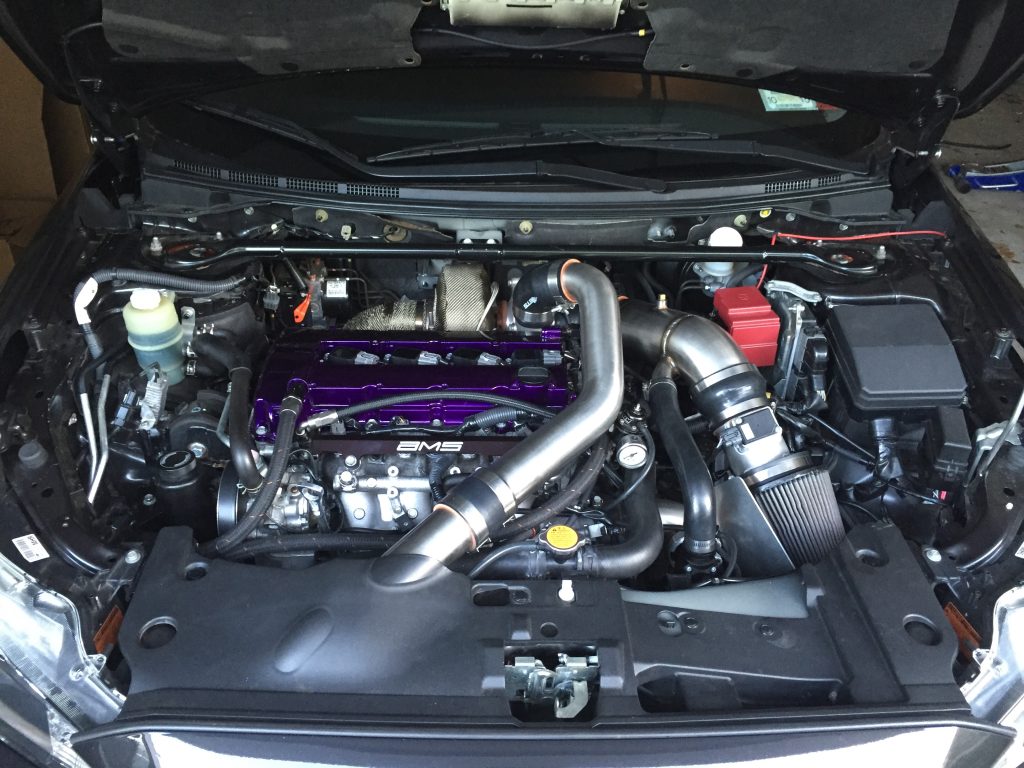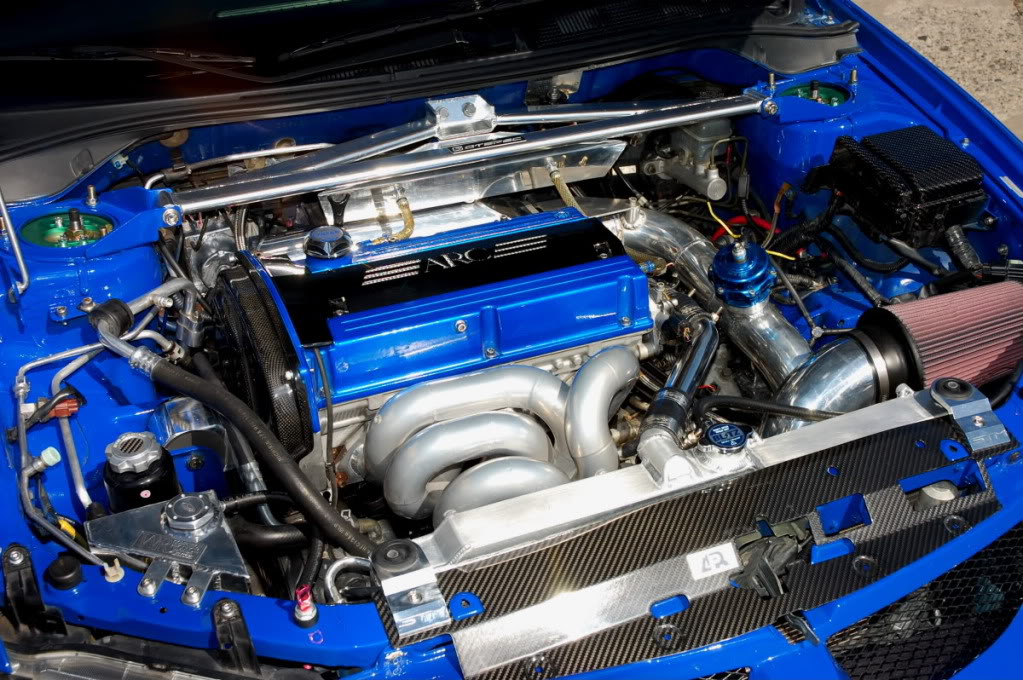Mitsubishi Tuning Guide: Most Popular Performance Modifications
Mitsubishi was the fourth best-selling car brand for 2022, with 77000 cars finding new owners. The bulk of the sales was comprised of the ever-popular Triton ute, and the Outlander and ASX medium and small SUVs. Gone are the days of performance hatches and sedans of the likes of the Lancer Evo, and outright sports cars embodied by the 3000 GT. These were cars that best advertised what Mitsubishi could do when setting car trends, not following them. Both cars were powered by engines that have since garnered legendary status, the 4G63 in the Evo and the 6G72T in the GT.
The Lancer Evolution cars spanned ten generations and vehicles Mitsubishi used to win four consecutive World Rally Championship titles from 1996 to 1999 with the Evo VI. Power output from the turbocharged 2-litre 4G63 varied from 244 bhp in the first-gen cars to over 400 bhp in the half-a-dozen special editions. Considering it was so reliable, it became a tuner’s favourite, with performance numbers further improved by bespoke Mitsubishi spare parts.
The 3000GT (or simply ‘GTO’ in the local Japanese market) belonged to an era of unrepeated automotive innovation spanning from the late 1980s to mid 1990s. The 6-cylinder 3 litre ‘Cyclone’ engine made 320 bhp in the twin-turbo 24v DOHC variants, enough to push the car to 100km/h in under 5 seconds. Low-mileage 3000GTs are exceptionally rare and have become 6-figure collector’s cars.
Both cars and both engines still have a lot to give, with more attention to the engine internals, the fuelling, and the effort put in by modified turbos.
Pistons, Connecting Rods and Stroker Kits

The 4G63T and 6G72 are high-revving engines in smaller displacements (by standards of the day). These were known to run past 8000 RPM, numbers that see the pistons moving up and down in the cylinder bore 133 times each second and coming to a complete stop (TDC and BDC) on each trip. The stresses they undergo are immense, so choosing the right pistons is just common sense.
Stock 4G63 pistons are cast T6 aluminium moving in low compression bores sitting in cast-iron blocks and designed to stand the forces that come with forced induction. Going the forged route does have its benefits. The extreme heat, detonation, and boost pressure are easily handled by lightweight, forged aluminium pistons with superior strength and durability. These are CNC-machined with specific design features to the crown and top land to enhance combustion efficiency and prevent carbon buildup.
Evo tuners can play with bore diameters, and getting the cylinders rebored is one way to lower compression ratios (while keeping the connecting rods at the same length). Lower compression ratios are necessary when refitting any Lancer Evo with a modified turbo, to prevent engine knock and premature ignition among other things. Short stroke pistons (with the standard 156mm conrods) are what you want to increase engine speeds and power delivery with more in the top end. Alternatively, a long-stroke over-square engine brings in more torque at lower revs. Kits including a revised stroker crank are easy to find.
Pair pistons with connecting rods of the same strength and build quality. Forged H-beam steel conrods with reinforced pins and caps will handle the higher speeds and stresses resulting from the additional push from revised pistons.
Turbo Modifications

Forced induction is how the 2 and 3-litre Mitsubishi engines in the Evo and GT respectively. produce all that power. Turbos are Mitsubishi spare parts coming in a variety of designs (single or twin-scroll) and varying power output. The obvious advantage is that you can do much better than stock with some Evo engines tuned to 600+ hp albeit with modifications to piping, intercoolers, wastegates, and the addition of water cooling to handle the higher heat. This is the next logical step when strengthening the internals (and when going with stroked engines) and lowering the compression ratios to make room for the added boost. Once in, the engine needs a remap to tune the powerband. Kits are sold either as street or track variants and have different rated power outputs.
Fuelling Upgrades
With more air comes more fuel. If you’ve put in a faster spooling or bigger turbo, then what’s next is adjusting the air-to-fuel ratios with higher-pressure fuel injectors. These can be in different capacities, allowing you to choose injectors that best suit the application and the modifications you’ve already done. Additionally, a higher-rated in-tank fuel pump will get the needed fuel to the injectors, without risking the car running a lean mixture.
What Else to Consider

The changed power bands with any mods done to either mentioned Mitsubishi engines means that you may need an ECU tune or better still install an aftermarket ECU tuning module remapped to the engine characteristics. This ensures that you get your money’s worth with the Mitsubishi spare parts that you’ve put in and the expected performance boost. The ECU will balance all parts for smoother power delivery.
Monitoring how the car performs is best achieved with aftermarket gauges. These can be sold as separate units, monitoring vitals such as boost and oil pressures or EGT temperatures. You can also go with electronic all-in-one gauges that provide more accuracy than the stock Mitsubishi gauges and instrumentation in the dash, and something worth considering if you want to get more out of your car, both in terms of longevity and driving fun.

